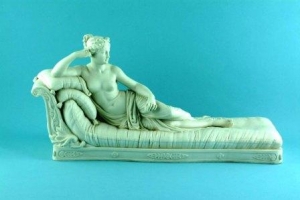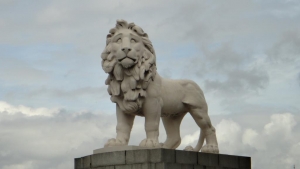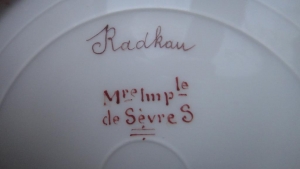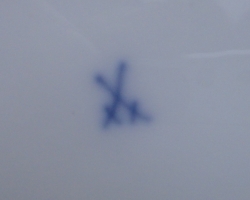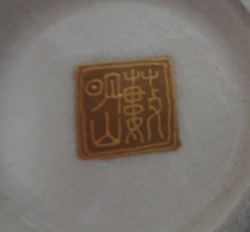11. Pottery Technology 2
| 1068 Page: 308 of 418 Go To Page: | ◁◁ First | ◁ Previous | Next ▷ | Last ▷▷ |
11.14 Parian Ware
Parian ware was notably used to produce the small inexpensive busts of famous historical or contemporary people, which were very popular in the Victorian period and early 20th century. It is an unglazed but self-glazing porcelain introduced by Copeland and Garret in 1840. Minton named the product Parian ware after the Greek island Paros, as it resembles the marble found there that was used to make Greek statuary. It is made up of 70% feldspar and 30% China clay and a small amount of scrap glass, and fired at 1,200-1,250 degrees centigrade. Its higher proportion of feldspar compared with usual porcelain made it more vitreous and the surface self-glazing with a satin finish, much smoother than biscuit porcelain. It was not very plastic so was made by “slip casting”. Parian ware could shrink by as much as a third on firing.
11.15 Modern & Special Bodies
Modern earthenware with a very low expansion coefficient can now be confidently used for cooking in the oven. Hotel ware is a modern form of very strong vitreous feldspathic earthenware. Hotel ware is very popular as it is so robust and is also noted for the brilliance of its glaze. Some high temperature pottery is based on lithia that has to have a very thin glaze fired at the same time as the body. Steatite, alumina and kaolin also produce a body with low thermal expansion that can be used for cooking ware. In Japan they have produced a special pottery suited to microwave ovens that retains heat.
An interesting ceramic was invented by Elanor Coade as an artificial stone for architectural statues. It was produced in Lambeth during the Georgian era when Adam and Nash were making fine houses and gardens popular, causing a great demand for house and garden statuary. The lion standing by Westminster Bridge is an example. The figures were moulded so could be very detailed, relatively cheap and replicable in numbers. It was made of ball clay, fine quartz, soda lime glass, crushed flint and grog, fired at 1100 degrees C for 4 days. It weathers extremely well.
11.16 Pottery Marks
Some earthenware bear marks of identification going back to the earliest times.
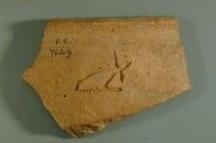
Potmark on sherd of Egyptian red
vessel, late Middle Kingdom
(1,700 BC) UC7649 - Copyright
of the Petrie Museum of Egyptian
Archaeology, UC
A lot of porcelain also is marked, but little on stoneware before the 20th century except for Wedgwood. Later marks often identify the factory, but can also be of the painter or maker, or the shape of the piece - often numerical. Marks can be incised, embossed, painted or printed, usually on their bases.
Incising and embossing on the soft clay was sometimes careless and after glazing becomes difficult to make out. Marks can change with time and ownership helping to date pieces, although some factories made it much easier by starting to put year marks on their wares, such as Sevres and Worcester. The first company to use a factory mark on porcelain was Meissen, as a reaction to the copying of their wares by the new Vienna factory. Choice pieces made for the Elector of Saxony or as his gifts were marked AR (Augustus Rex). In 1722 it was proposed to use part of the Elector’s coat-of-arms, the famous crossed swords, as the company brand, but it took until 1731 before it was consistently used, and MPM, KPM and KPF had also been used. The crossed swords were painted underglaze for security, but in 1731 earlier glazed wares in store had painted marks overglaze in pale blue.
Japanese Satsuma ware that became popular in Europe in the 20th century is also signed with decorator’s marks.



